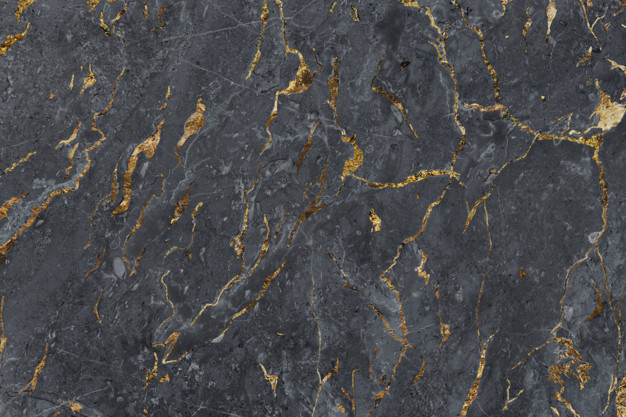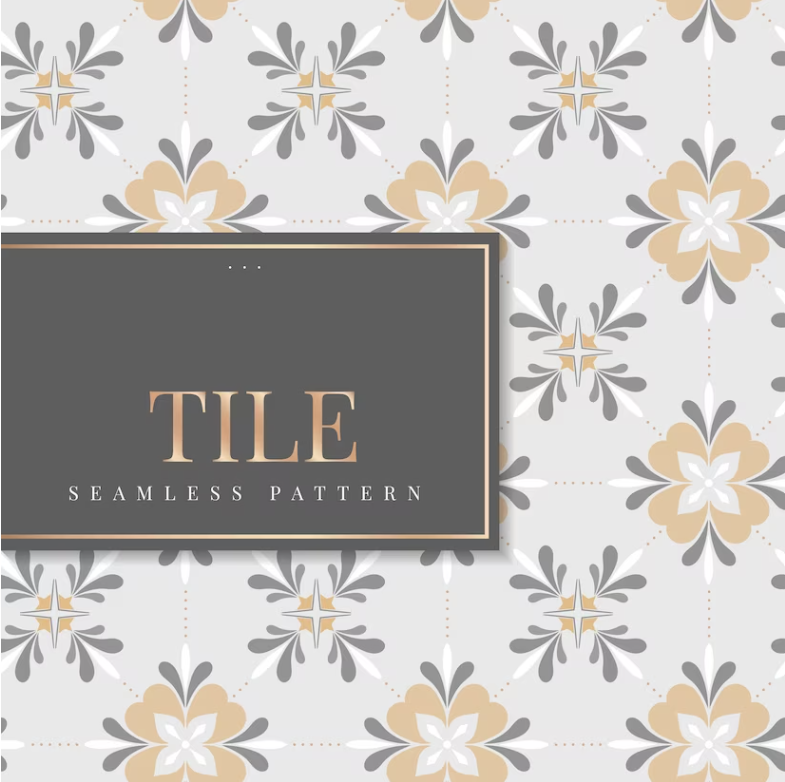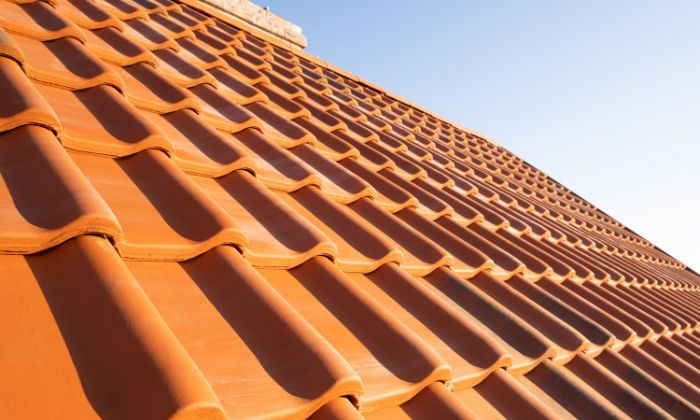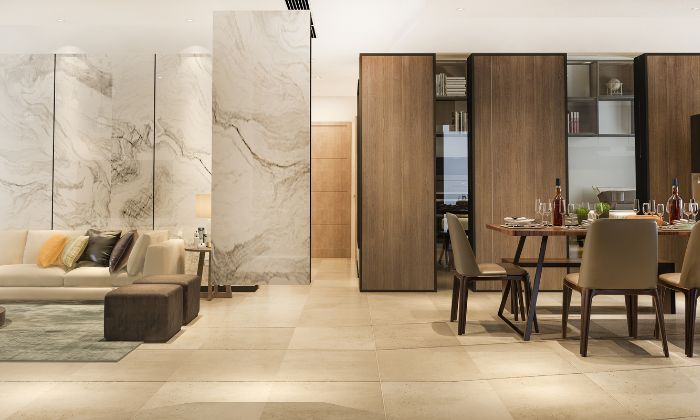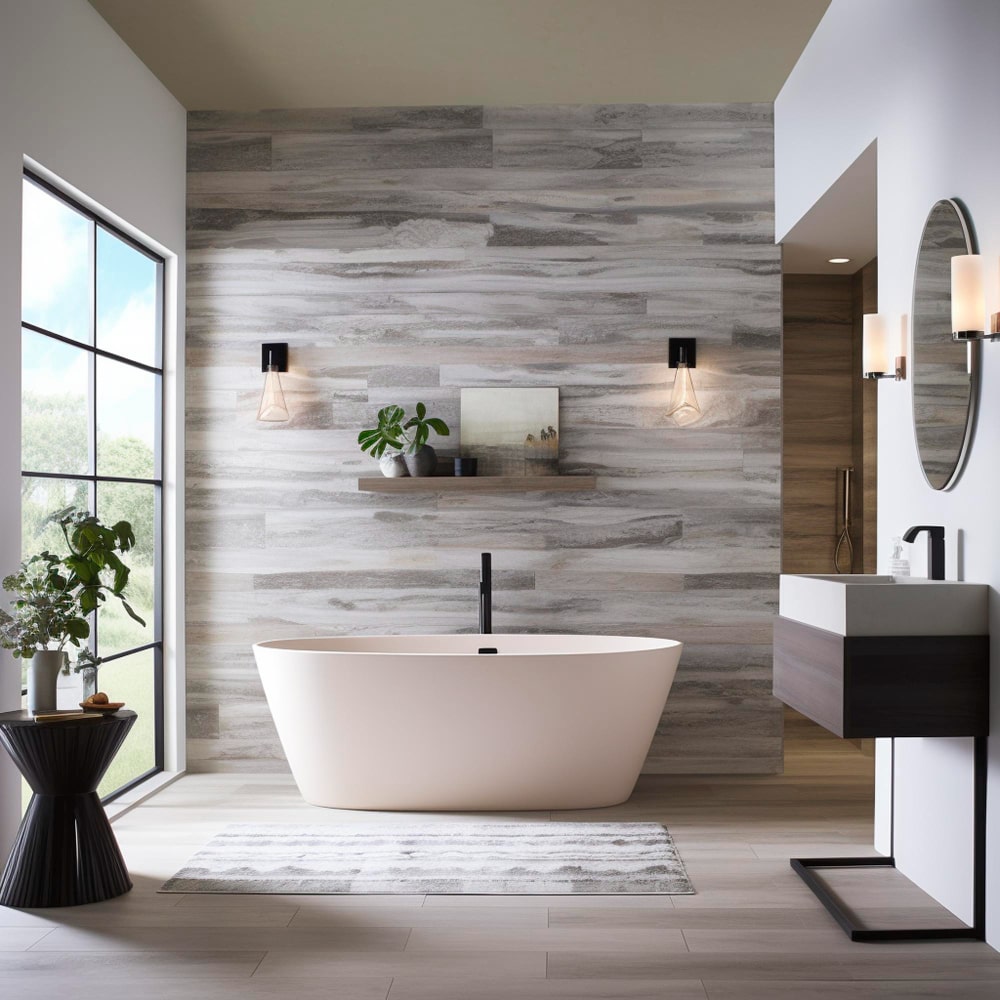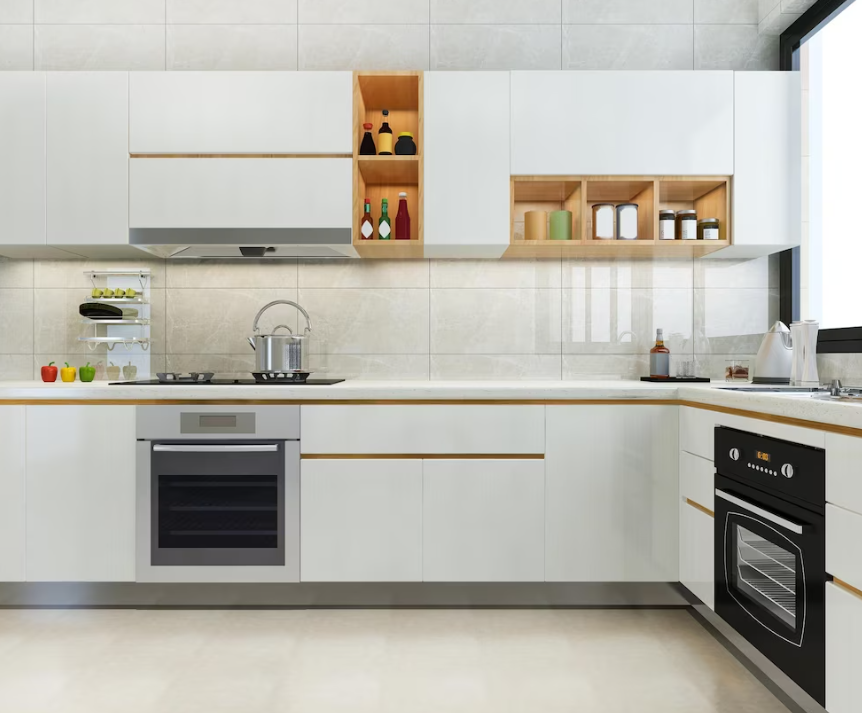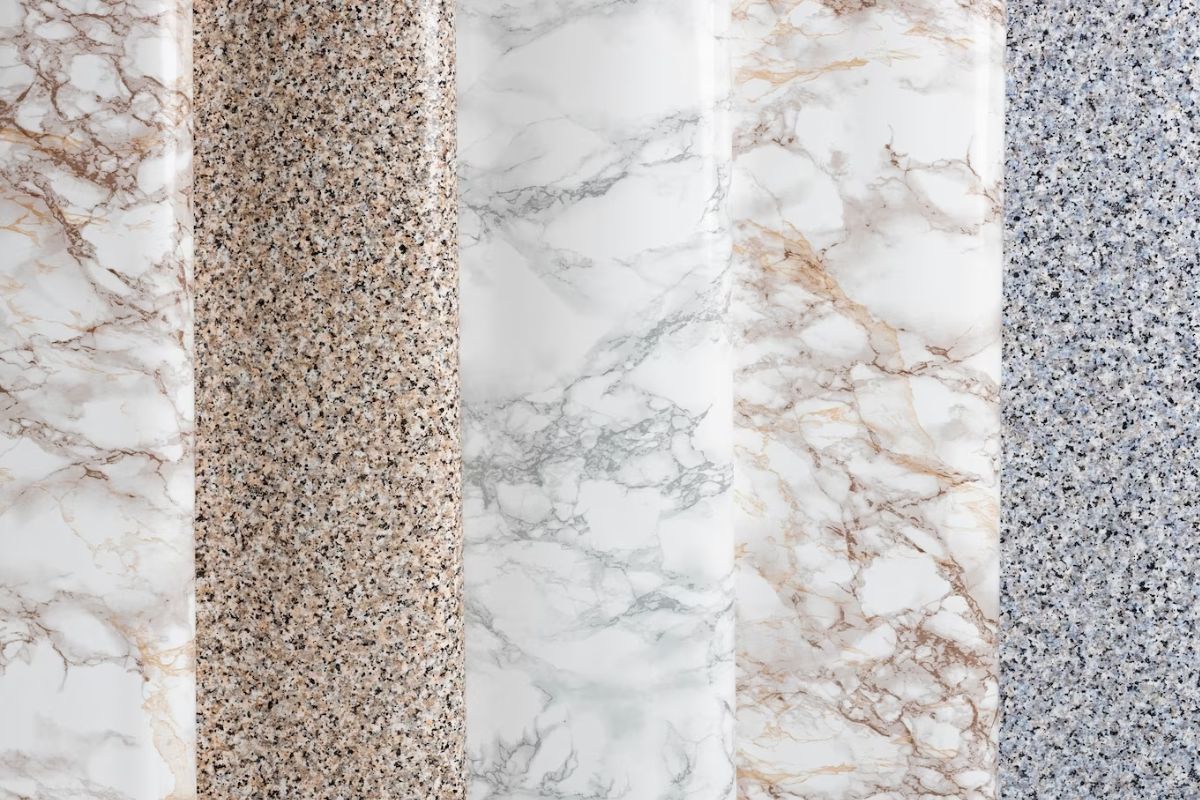When you're looking to give your home an upgrade, floor tiles are a great way to make it more stylish and personal. From classic marble to vintage-inspired mosaic, there are all kinds of tile options available to help add a unique touch to any room. Learn about the latest trends and techniques for installing beautiful, eye-catching floors in your space.
Before you select your tiles, consider what kind of material will be best for your space. Ceramics and porcelain are popular choices due to their durability, as well as their design flexibility. Natural stone is perfect for those looking for a luxurious feel, while engineered wood is a great option if you want a more organic look. Consider the level of maintenance and upkeep each type requires before making a decision.
When deciding on tile material, you’ll need to consider the specific needs of your space. Areas with high levels of moisture or foot traffic will require a more durable tile material that is able to withstand wear and tear, such as ceramic or porcelain. If you’re looking for a more luxurious look, consider using natural stone. It adds a level of elegance and character to any space without compromising on durability. On the other hand, if you want an organic feel, engineered wood can be a good alternative - though it requires a bit more maintenance than its ceramic counterparts. Whichever material you decide on, make sure it’s the right fit for your space before committing.
When installing tile, it’s important to consider the installation type as well. Many tile materials require a specific type of installation. A lot of ceramic and porcelain tiles require thin-set or mastic, while natural stone often requires an epoxy-based adhesive so that it bonds securely with the substrate. Other materials such as glass or metal may need a different adhesive to provide a strong bond and prevent moisture from seeping through cracks. It’s important to be aware of each material's requirements in order to ensure that your tile is properly installed and will last for years to come.
When selecting tile for your project, it’s important to choose a material that works for the area. Ceramic and porcelain tiles are best suited for areas with lighter foot traffic and easy maintenance. Natural stone tiles such as marble or granite have a more elegant look, but require more upkeep to prevent staining. Glass tiles provide a beautiful aesthetic and work great when used as decorative accents in kitchens or bathrooms. Metal tiles can be used to create texture and contrast in a room while giving it an ultra-modern feel. With so many options available, it’s crucial to pick the right material that fits just right with your design style.
When selecting tile, it’s important to keep in mind your budget as each material has its own cost associated. Ceramic and porcelain can be relatively inexpensive but natural stone and metal tiles have a higher price tag due to their unique properties and look. Be sure to think about whether you need a tile for floor or wall use - this will help narrow down the materials you should consider. Lastly, make sure you pick the right colors and finishes for the space so it can fit seamlessly with the rest of the decor. With these tips in mind, you’re sure to find the perfect tile for your project!
Ceramic and porcelain are great options for tiling both walls and floors. Ceramic is the most budget-friendly option, while porcelain is slightly more expensive but has a few added benefits such as being denser and less prone to cracking. Natural stones like marble, granite, and limestone are beautiful but require more maintenance in order to keep their elegant appearance. For a more modern look that also has industrial vibes, metal tiles make for an excellent choice as they can be used on either walls or floors as well. Lastly, glass tiles come in interesting shapes and sizes which can bring texture and depth to any space.
Before you make your final decision, it is important to consider which material fits the environment best. Different materials have different hardness and durability, so take the time to research if it will be able to withstand potential wear and tear resulting from foot traffic or heat sources such as a fireplace. Make sure you also check for any possible discoloration that might result when in contact with certain substances or conditions. With the right tile material, you’ll be able to create a space that looks elegant yet hard-wearing.
back
